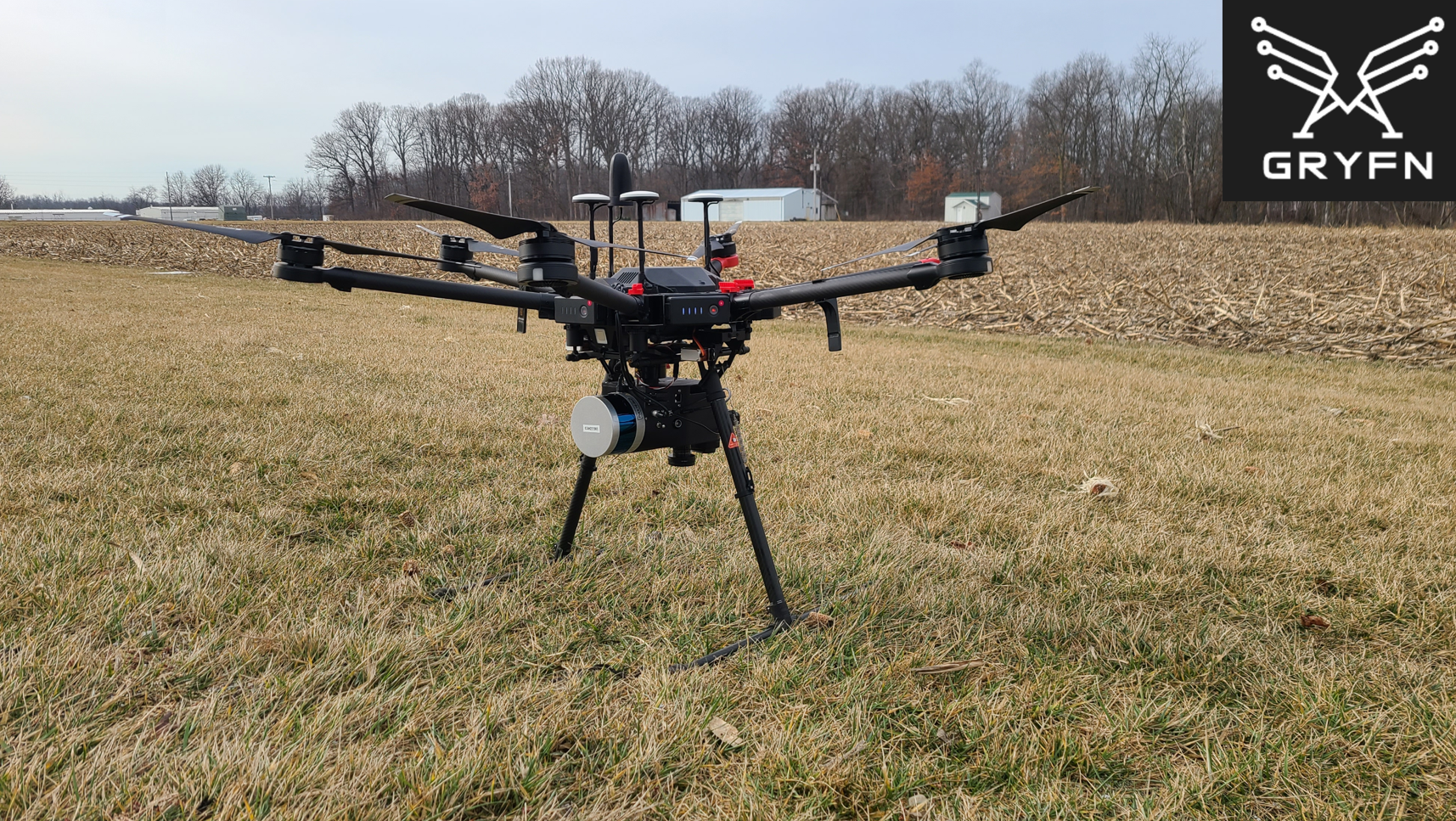Introduction
When it comes to UAS operations, safety must be of the highest priority. To accomplish this in difficult operating environments the use of visual observers is keen. While visual line of sight rules as laid out by 107.31 must be followed, radio communication can still play an important role to ensure the pilot in command (PIC) or person controlling the sticks are extra aware of the environment the UAS is traversing. In this write up, I’ll be discussing “General Mobile Radio Service” (GMRS) and how these radios can play an important role in safely operating a UAS.
What is GMRS?
GMRS is a licensed radio service that uses channels around 462MHz and 467MHz. Like all wireless signals in the US, this spectrum of signal is managed by the Federal Communications Commission (FCC). The FCC initially authorized this part of wireless spectrum for short-distance, two-way voice communication using handheld radios. In 2017 this was expanded to include short data messaging including text messages, and GPS location information.
When I mention handheld radios, you may be thinking of the walkie-talkies you had as a kid. These are similar in nature but are different in their level of usability. Walkie-talkies still exist and can be used freely by anyone. However, these devices, as you are likely aware, have limited range, and functionality. GMRS radios are much more powerful than their predecessors. These radios can communicate with each other over several miles in optimal circumstances. Because of their higher power transmission, the FCC requires that you get a license to operate one. As of today, the licensing process requires that you simply submit your information and pay $35. There is no test, and the license is good for 10 years. Additionally, any immediate family can be covered by your license as well.
As GMRS is a radio standard with set spectrum to operate on, there are predefined channels on radios which make it easy to communicate with someone uninterrupted. Additionally, since these channels are standardized, you can communicate with anyone who also has a GMRS radio and is tuned to the same channel as you. This makes it easy to uphold communication between teams on joint projects, avoiding the need to borrow radios of a specific kind from one another.
How can GMRS radios help in UAS operations?
Recently, a coworker and I were on a project in the mountains of Colorado. We would be attempting to collect hyperspectral imagery with our Alta X platform in conjunction with other teams operating their own aircraft and sensors. Additionally, there were teams collecting ground truth in and around the areas of interest. Before heading to Colorado, we determined it would likely be useful to have a set of radios on us to assist in maintaining awareness around the UAS. We decided to get GMRS radios as we weren’t sure how normal radios would hold up in this environment.
When on-site we discovered that other groups also had GMRS radios, and we were able to operate on the same channel as them to be able to communicate with the largest number of people at a time. My coworker was going to be PIC for the operations, and I would be filling the role of visual observer. The PIC would be able to maintain visual line of sight for every flight that was planned, however we had never operated in such a high altitude or rugged environment before. Due to this I was located on the opposite end of the flight plan for most flights to provide extra awareness.
Our GMRS radios also allowed us to better maintain awareness of the other operations that would be ongoing at the same locations. This improved our ability to know who was currently operating a UAS flight, when take-offs and landings would be occurring, and when it was safe to traverse the area personally. This assisted with keeping operations efficient and maintaining safety for all UAS and personnel.
Conclusion
This is just a short introduction to what GMRS is, and how I found it to be useful in recent operations. GMRS radios have many complex technical features which can allow you to get even more use out of them. However, even in the simplest use case it is clear to me that having these radios is ideal for all UAS operators, especially those who know they will be operating in and around other UAS as well. I am happy to have my GMRS license now, and a understanding how useful these radios can be.
Before taking the dive into GMRS radios for use in conjunction with your UAS operations I encourage you to visit the FCC’s website for up-to-date information on GMRS, as well as the FAA’s website for information on rules regarding UAS operations and visual observers.









